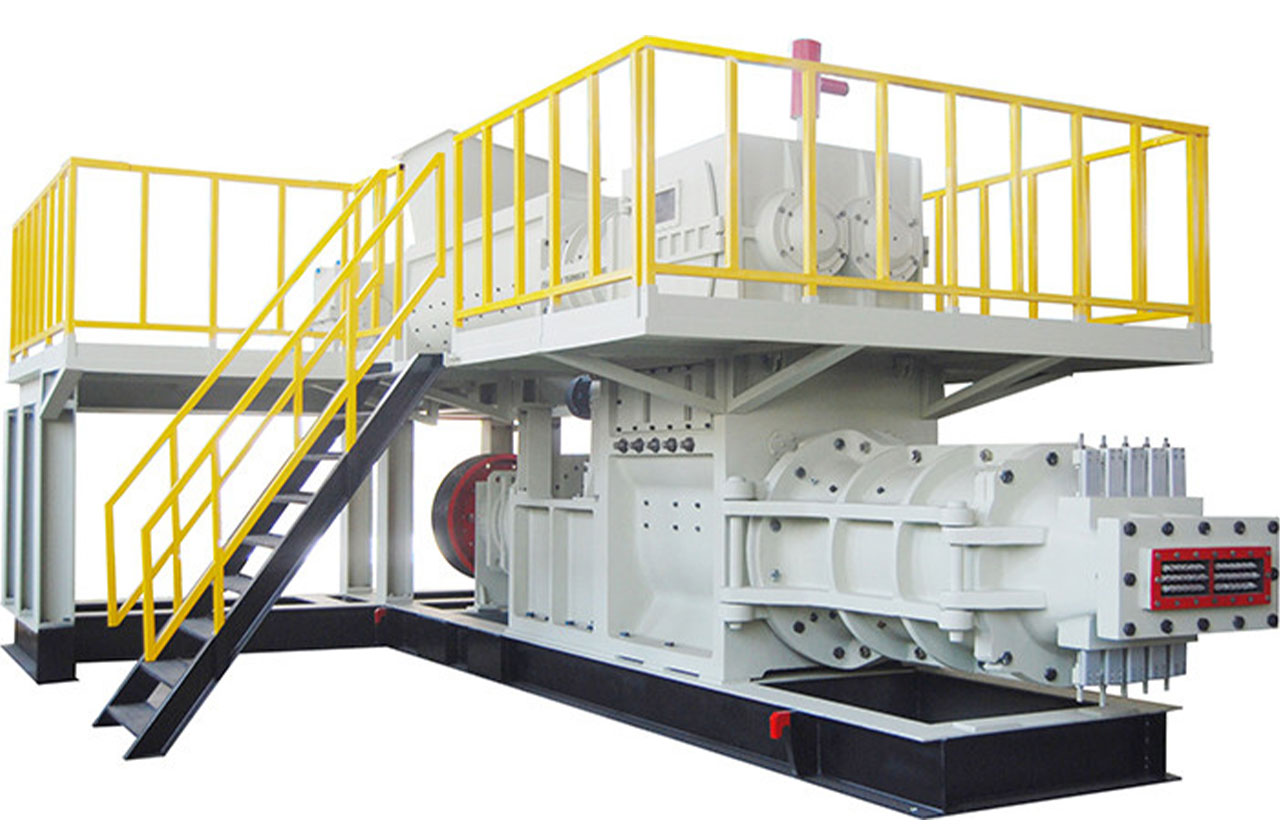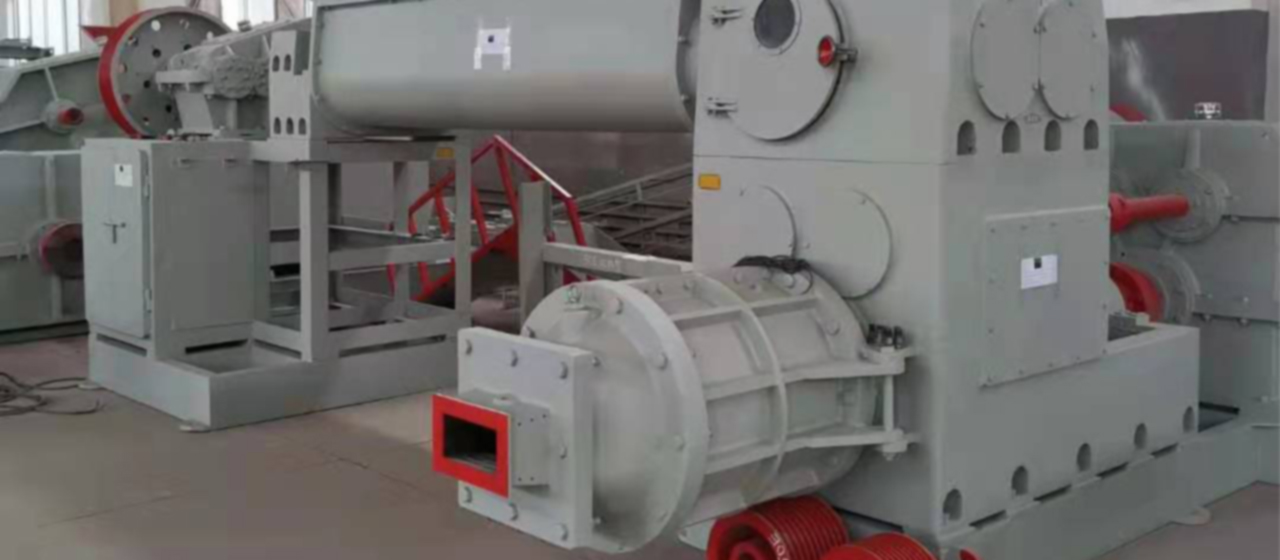A brick is building material from brick machinery
The demand for internal combustion varies depending on the performance of the kiln, the climate, the moisture content and other factors. Therefore, there is no absolute uniform standard in the production process. The trial blending trial firing should be carried out according to the actual situation, and the trial blending should be accurate. According to the record of the fired temperature and the fire color of the finished brick, an accurate blending standard is determined and strictly implemented. If the internal combustion is too low, it will cause a large amount of external combustion input and even produce unqualified products. If the internal combustion is too high, it is easy to cause excessive roasting fire and increase the damage of finished bricks.
The roller ring is a key component of the roller crusher. Its anti-wear performance directly determines the continuous operation time of the equipment and the quality requirements for processing various materials.
How to make bricks from clay ?
A brick is building material used to make walls, pavements and other elements in masonry construction. Traditionally, the term brick referred to a unit composed of clay, but it is now used to denote any rectangular units laid in mortar. A brick can be composed of clay-bearing soil, sand, and lime, or concrete materials. Bricks are produced in numerous classes, types, materials, and sizes which vary with region and time period, and are produced in bulk quantities. Two basic categories of bricks are fired and non-fired bricks.
Block is a similar term referring to a rectangular building unit composed of similar materials, but is usually larger than a brick. Lightweight bricks (also called lightweight blocks) are made from expanded clay aggregate.
Fired bricks are one of the longest-lasting and strongest building materials, sometimes referred to as artificial stone, and have been used since circa 5000 BC. Air-dried bricks, also known as mudbricks, have a history older than fired bricks, and have an additional ingredient of a mechanical binder such as straw.
Bricks are laid in courses and numerous patterns known as bonds, collectively known as brickwork, and may be laid in various kinds of mortar to hold the bricks together to make a durable structure.







